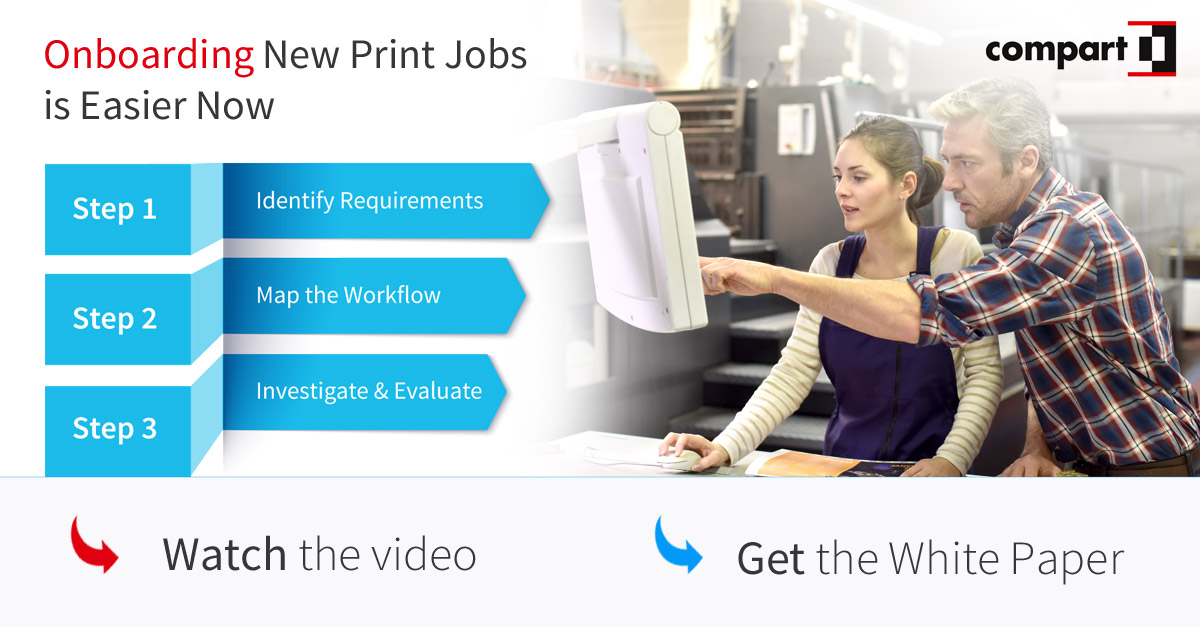
Automated Document Factory (ADF)
Process automation in output management on all physical and electronic channels
Automated document production today: Lose the paper, get right to the content
Automated Document Factory (ADF)
ADF is a model for automated document production developed by Gartner in the 1990s, and was first applied to bulk printing only. Alternative output channels, i.e., digital, were not a topic of discussion. Back then the goal was to produce paper documents, in large quantities as quickly as possible. Experts are wont to refer to this as ADF 1.0. At the core of the ADF model is a precisely defined automated sequence of repeated process steps without any manual intervention: receive finished documents, then modify, convert, bundle, perhaps add inserts, stuff, meter, and send.
With the introduction of e-mail, Web portals, and mobile devices into the business world, electronic delivery (ADF 2.0) also came to the fore. Here, only the final step differs. Today it is the recipient who decides what documents to receive and how.
ADF – still timely?
But ADF 2.0 has a serious problem. It is based on a fixed page format, such as A4, which makes display and output on a smartphone, tablet, etc. difficult. Production therefore needs to break free of the A4 paradigm and prepare content for any output channel. Documents originally designed only for print must now be be multi-channel capable. To this end, they are “enriched” for their journey to final form with as much information as possible, such as metadata, hyperlinks, and instructions for structuring the text.
Ideally, creation, formatting and output are separate and a main output instance is created to determine how a document is sent and in what format/size. That is why formatting is seen as an essential component of ADF.
For the reasons cited (breaking from A4, separating creation and output, integrating electronic channels), the term “Automated Document Factory” may someday drift out of favor, since most people associate a factory with print and machinery.
ADF and ECM—two worlds converge
Powerful
All solutions in the DocBridge family are designed for medium and large document volumes and support all output channels. They utilize a company’s existing infrastructure for output and document management, thus creating the foundation for high process automation in document processing and delivery.
Innovative
Compart solutions embrace the latest technologies like HTML5 and PDF/UA so document creation is separated from delivery—a basic prerequisite for page- and device-independent output of documents of any type and format.
Integrative
Compart brings the ECM and ADF worlds together. It enables companies to harmonize typical enterprise content management processes (including capture and archiving) with output processes (conversion, bundling, delivery), thus creating integrative output and document management. The benefits: reduced processing time and cost in customer communication and improved monitoring of internal service level agreements (SLAs) such as delivery deadlines, response times, and so on.



